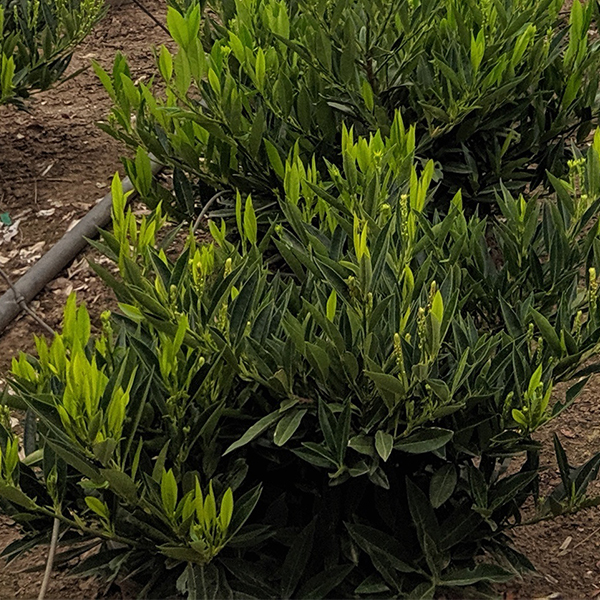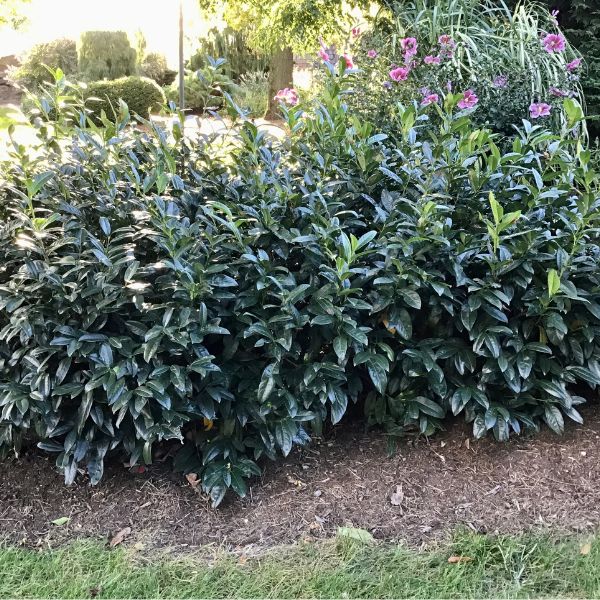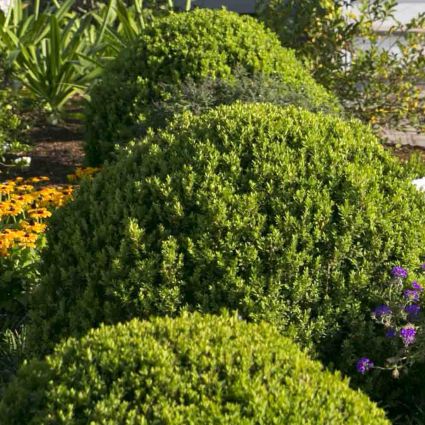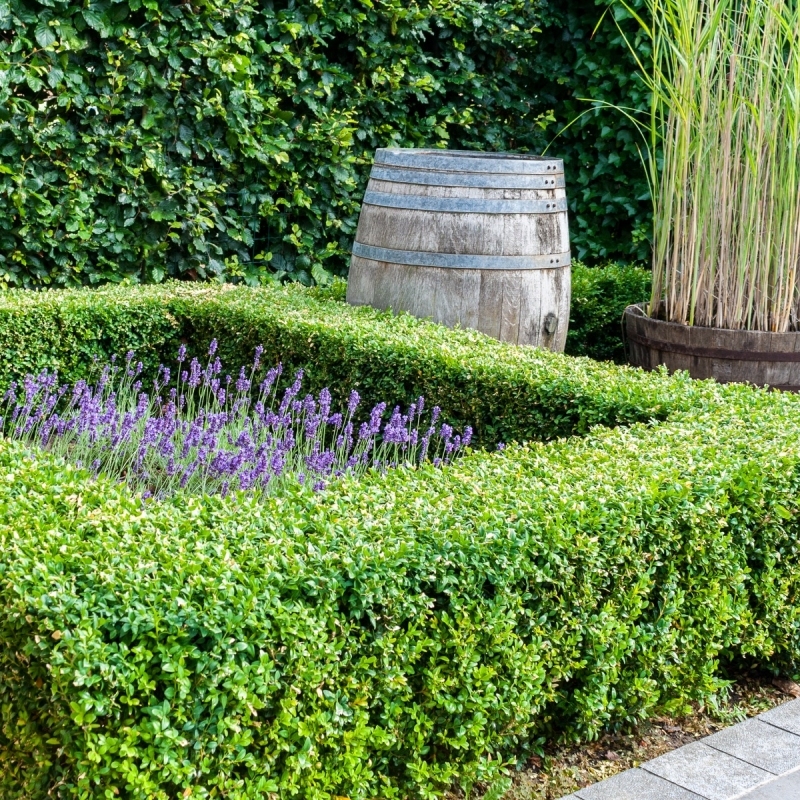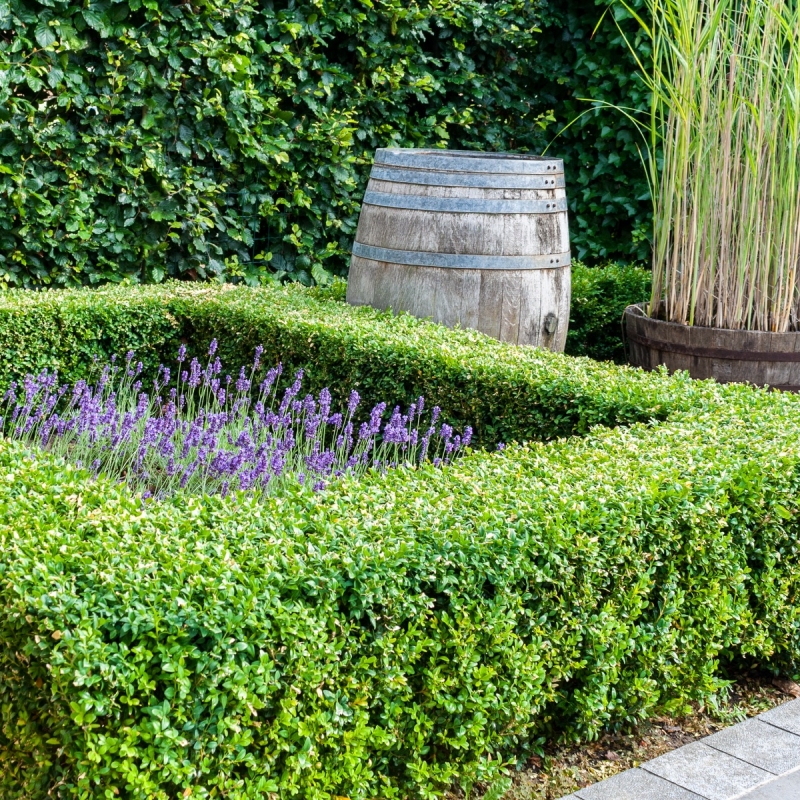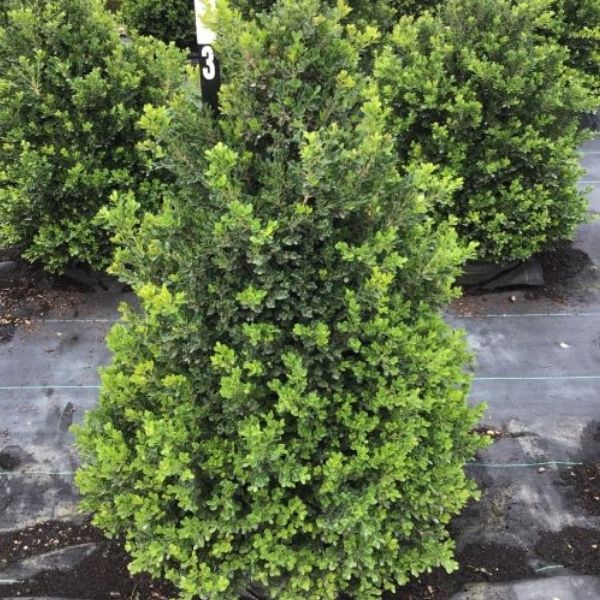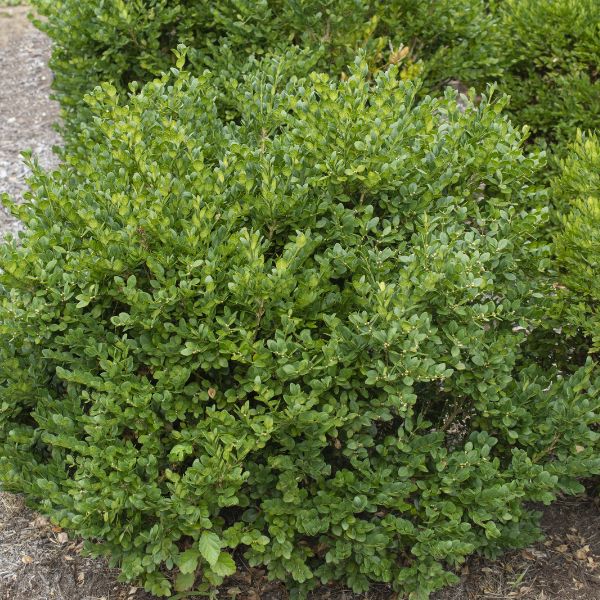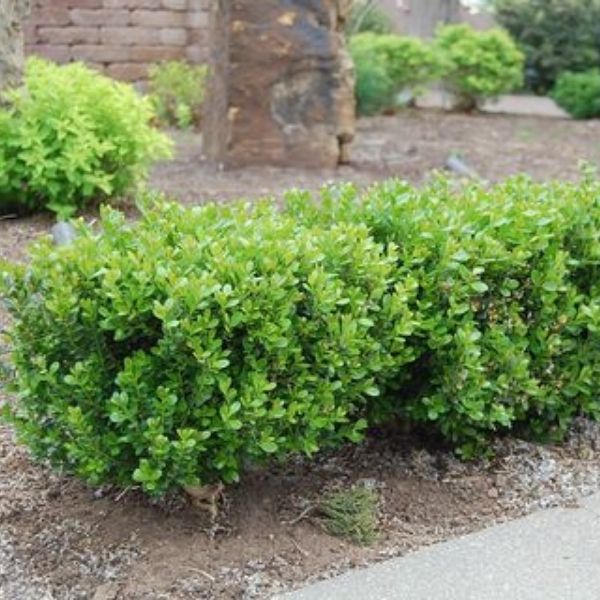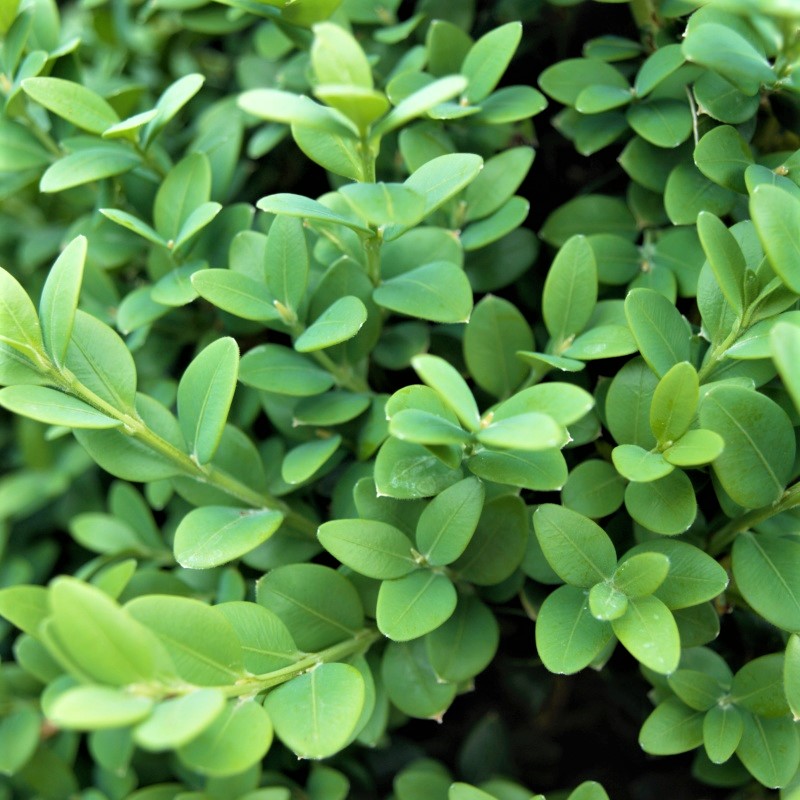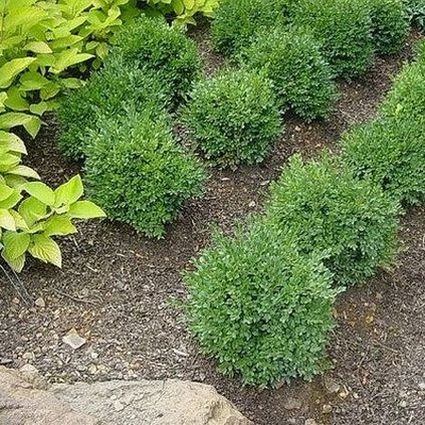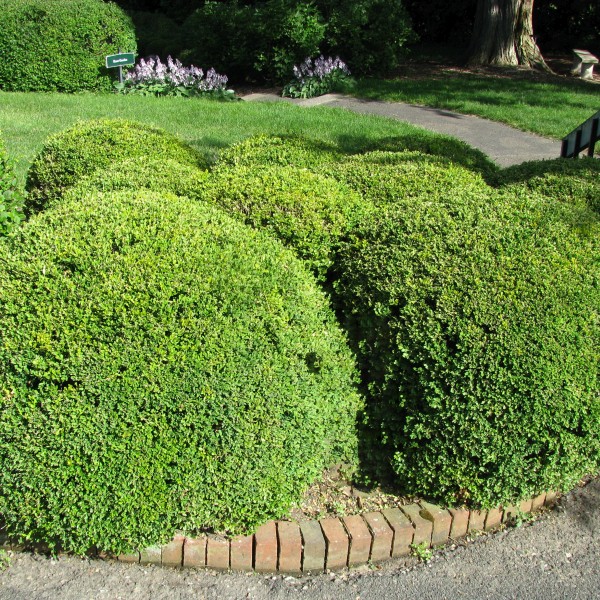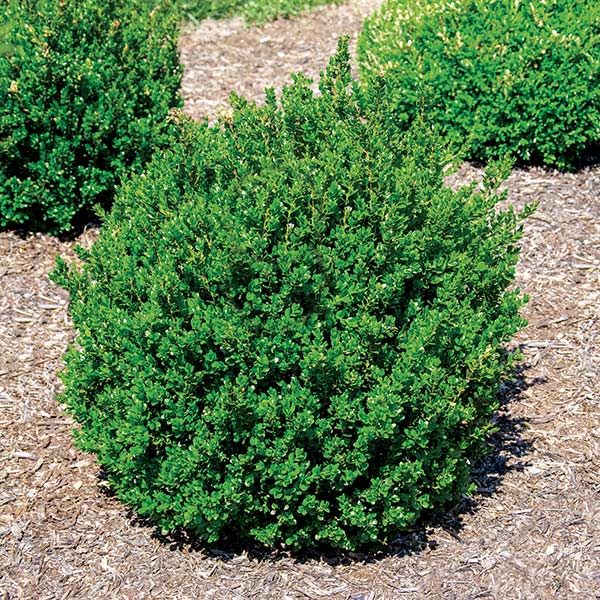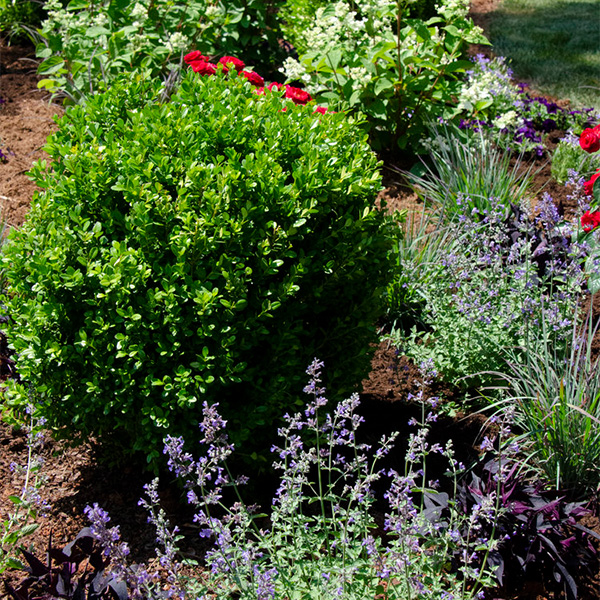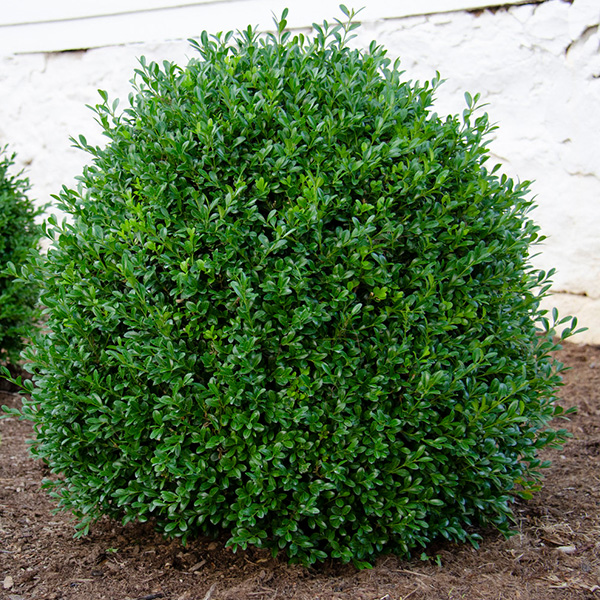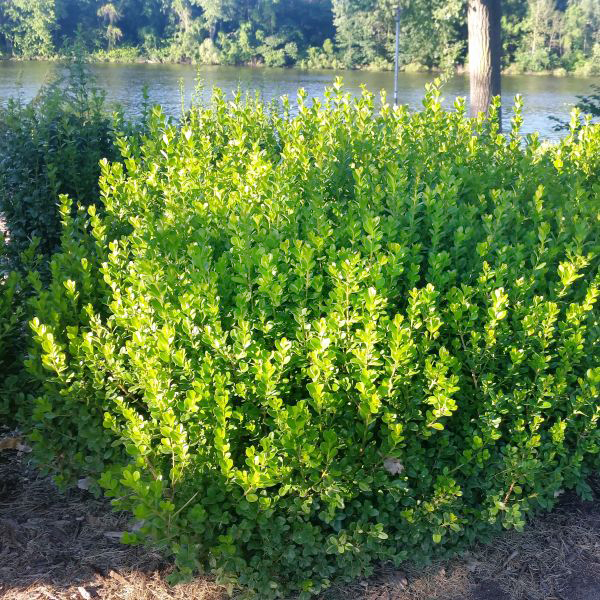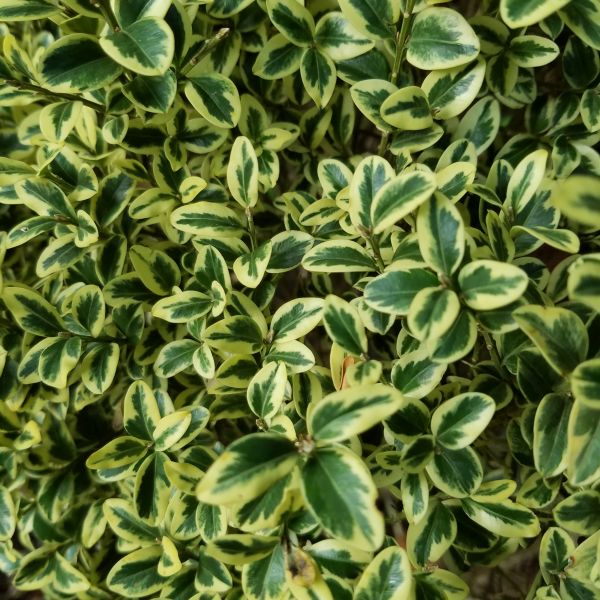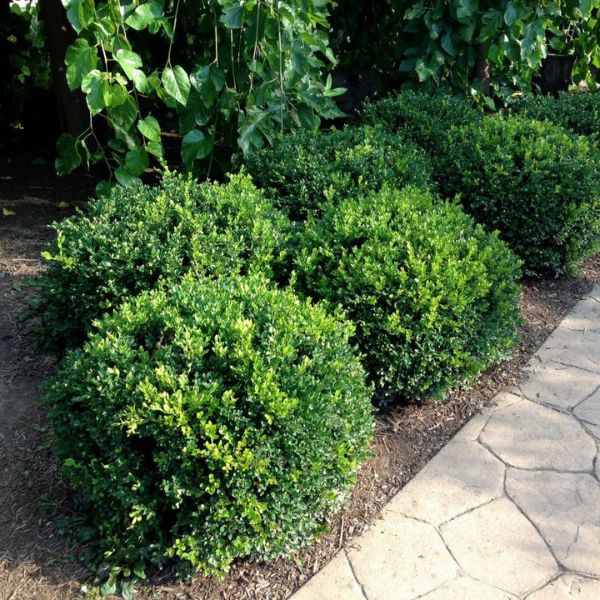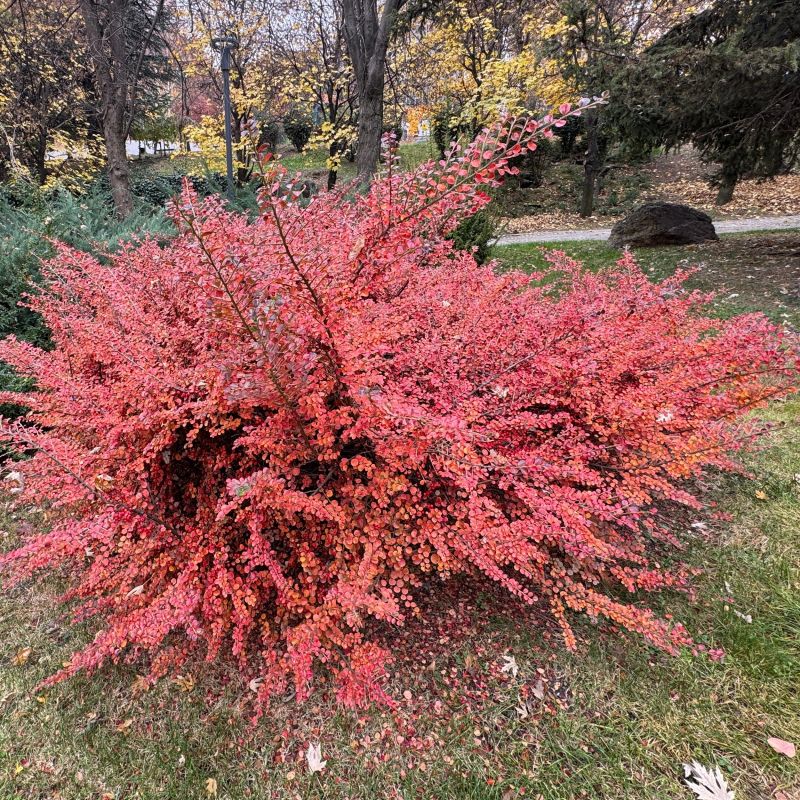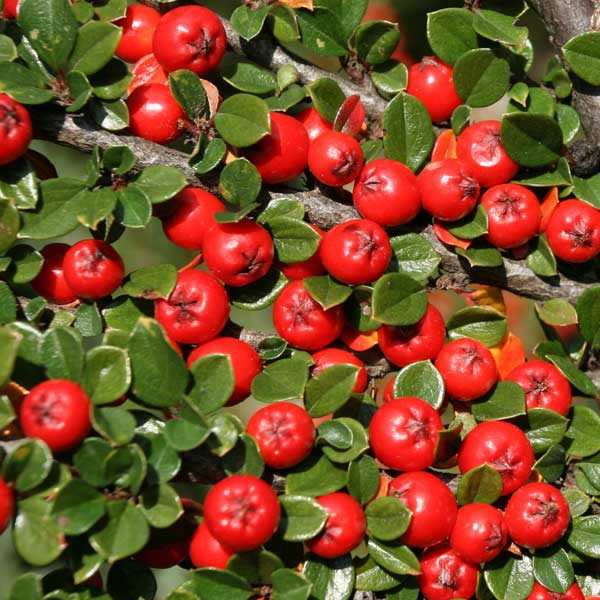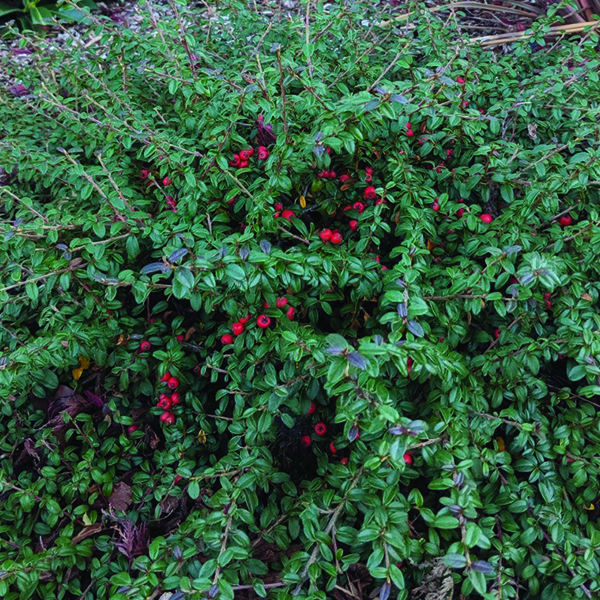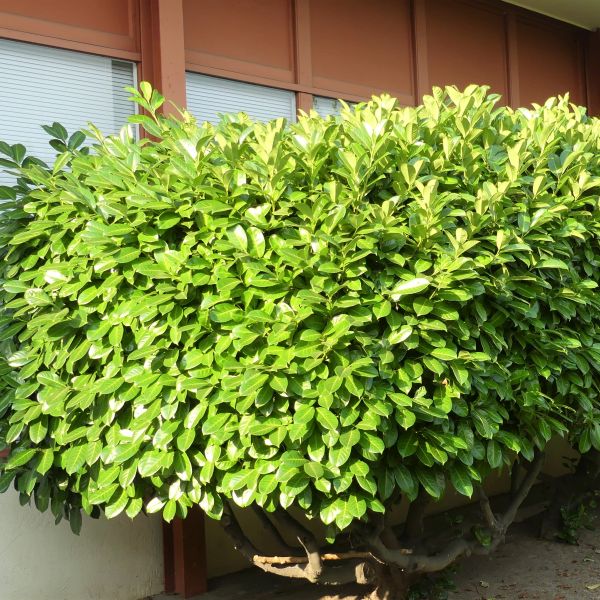
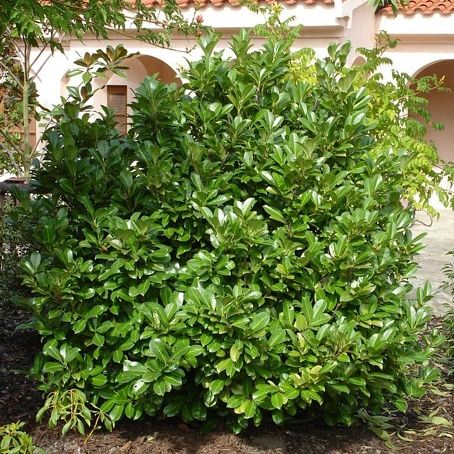
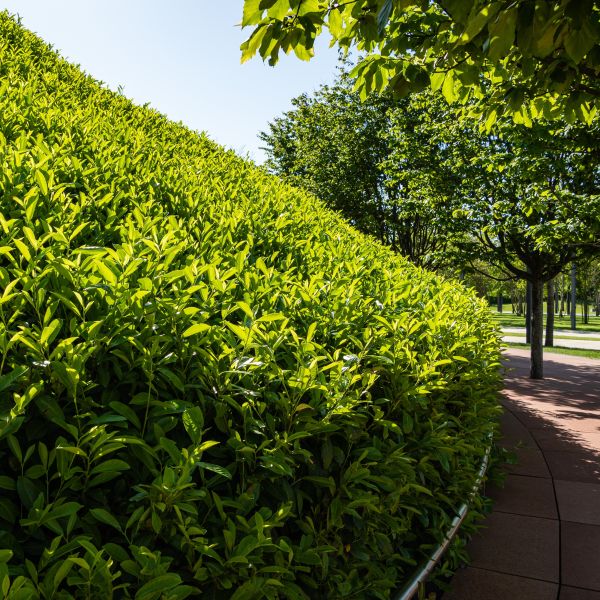

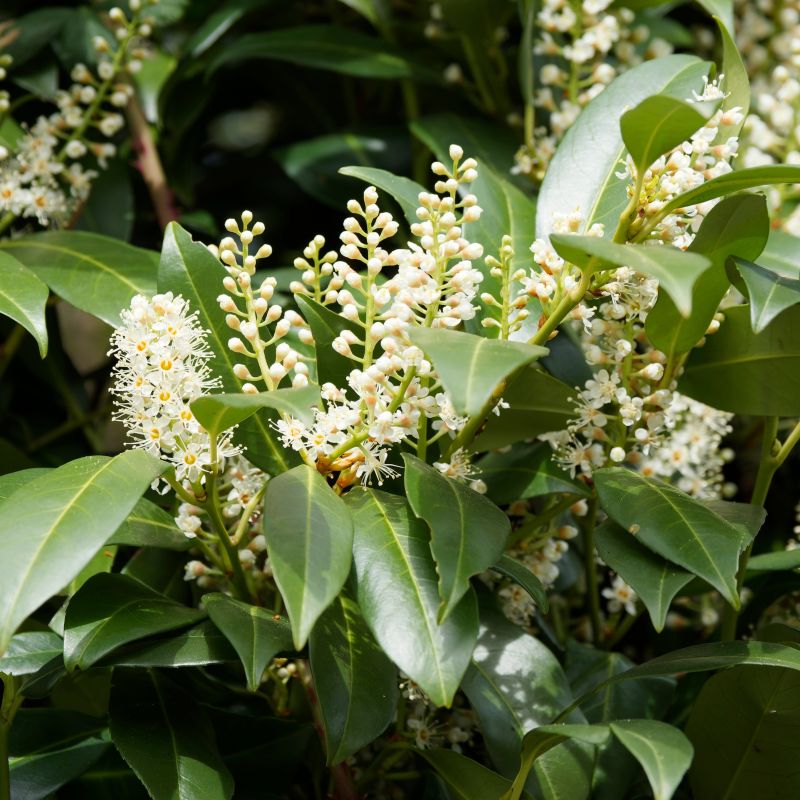
Cherry Laurel (English Laurel)
Prunus laurocerasus
49 reviews
Cherry Laurel (English Laurel)
Prunus laurocerasus
49 reviews
3.5 Gallon
We are sorry, product is currently out of stock due to seasonal availability. Please check the "Related plants available in your area" section below
Not just beautiful - intentionally selected by ShrubHub's 3D landscape design team to fit real-world spaces and maximize yard potential.
Why Cherry Laurel (English Laurel)?
Cherry Laurel, also known as English Laurel, is a popular evergreen shrub or small tree that is native to regions of Southwest Asia and Southeast Europe. It is prized for its attractive glossy leaves, which are large and dark green, and its ability to withstand shade and drought. The shrub's resilience and low-maintenance nature make it a popular choice for landscaping, hedges, and privacy screens. However, all parts of the plant are toxic to animals and humans if ingested, so it should be kept away from ch
Related plants available in your area
Sunlight
Cherry Laurel (English Laurel) prefers full sun to partial shade.
Watering
Cherry Laurel (English Laurel) has moderate watering requirements. It prefers moist, well-drained soil and should be watered regularly to keep the soil consistently moist. However, it is important not to overwater, as it can lead to root rot.
Fertilizing
Cherry Laurel (English Laurel) thrives in fertile soil and generally requires a balanced fertilizer with equal parts nitrogen, phosphorus, and potassium. It is best to apply fertilizer in early spring or late winter before new growth begins.
Cherry Laurel, also known as Prunus laurocerasus, English Laurel, or Common Laurel, is an evergreen shrub from the Prunus species (which also includes plum, peach, and almond trees), native to regions bordering the Black Sea in southwest Asia and southeast Europe.
In late spring, Cherry Laurel produces dainty white flowers against dark green foliage, which give away to red-black fruits. The fast-growing shrub reaches 20 feet tall in maturity and is suitable for smaller gardens with pruning. The flowers attract birds, butterflies, and bees. (Be careful though, the leaves, stems, and berries of this laurel are toxic to humans and pets.)
Cherry Laurels are quite tough flowering shrubs. Cherry laurels grow best in the full sun and partial shade but they are also shade tolerant. Easy to care for, those native plants prefer well-drained soils. Over moisture can give the shrubs root rot. Once established, they are drought resistant.
The deep green leaves, snow-white flowers, and red fruit, as well as the lovely shape, make Cherry Laurel a highly sought-after ornamental tree. They're often used for hedges, or as screening plants. Order yours from Shrubhub and rest assured you'll receive it in the best state possible.
Plant Information:
| Botanical Name: | Prunus laurocerasus |
| USDA Zones: | 6 - 9 |
| Water: | Moderate |
| Exposure: | Full Sun |
| Soil Needs: | Well-Drained |
| Mature Height: | 10 - 12 feet |
| Mature Spread: | 8 - 10 feet |





Pollination Info
Pollination Information for Cherry Laurel (English Laurel) (Prunus laurocerasus)
Cherry Laurel (English Laurel), also known as Prunus laurocerasus, is a flowering shrub or small tree that is native to Southeastern Europe and Southwest Asia. It belongs to the Rosaceae family and produces fragrant white flowers in the spring that are followed by small black or red berries in the fall.
The pollination of Cherry Laurel is primarily done by bees, although other insects such as butterflies and moths may also contribute. Bees are attracted to the flowers' sweet fragrance and nectar, which they collect to feed themselves and their larvae. As the bees move from flower to flower, they transfer pollen from the anthers (the male reproductive organs) to the stigma (the female reproductive organ) of other flowers, allowing for fertilization and the production of fruit.
Cherry Laurel is a self-fertile plant, which means that it can produce fruit with its own pollen. However, cross-pollination from other Cherry Laurel plants or related species can increase the yield of fruit and improve its quality. Therefore, it is recommended to plant multiple Cherry Laurel plants in the same area for optimal pollination and fruit production.
In addition to bees and other insects, wind can also play a role in pollinating Cherry Laurel. However, wind pollination is generally less efficient than insect pollination and may result in lower fruit yield and quality.
FAQ
Cherry Laurel (English Laurel) (Prunus laurocerasus) FAQ
What is Cherry Laurel?
Cherry Laurel, also known as English Laurel, is a shrub or small tree that is commonly used as a landscaping plant and hedging plant. It is native to regions in southeast Europe and southwest Asia.
What are the growing conditions for Cherry Laurel?
Cherry Laurel grows best in well-draining, moist soil and partial to full sun. It is tolerant of a wide range of soil types and pH levels. It is also drought-tolerant once established.
How tall and wide does Cherry Laurel grow?
Cherry Laurel can grow up to 20 feet tall and 15 feet wide, but it can be pruned to maintain a smaller size. It is a fast grower, typically adding 1 to 2 feet of growth per year.
What are the benefits of planting Cherry Laurel?
Cherry Laurel is a popular landscaping plant and hedging plant because of its dense foliage and attractive shape. It can also provide a good screen or windbreak. Its leaves are toxic when ingested, which can also be a benefit for deterring animals and children from eating them.
What are some varieties of Cherry Laurel?
There are several varieties of Cherry Laurel, including:
- Prunus laurocerasus 'Otto Luyken' - a smaller variety that grows up to 4 feet tall and 6 feet wide
- Prunus laurocerasus 'Zabeliana' - a low-growing groundcover that reaches up to 2 feet tall and 10 feet wide
- Prunus laurocerasus 'Schipkaensis' - a narrow, upright variety that grows up to 6 feet tall and 3 feet wide
How do I prune Cherry Laurel?
Cherry Laurel can be pruned in late winter or early spring before new growth appears. It can be pruned to maintain a smaller size or to remove dead or damaged branches. Avoid pruning in the fall, as it can stimulate new growth that may not have time to harden off before winter.
Is Cherry Laurel toxic?
Yes, Cherry Laurel leaves are toxic when ingested and can cause symptoms such as vomiting, diarrhea, and difficulty breathing. Keep the plant away from children and pets who may be tempted to eat the leaves.
How do I propagate Cherry Laurel?
Cherry Laurel can be propagated by taking semi-hardwood cuttings in early to mid-summer or by layering in late winter or early spring. Cuttings should be dipped in rooting hormone and planted in well-draining soil in a shaded location until they root.
Planting & Care
Planting & Care for Cherry Laurel
Cherry Laurel, also known as English Laurel, is a popular evergreen shrub with dense foliage and fragrant flowers. Here are some tips on how to plant and care for this beautiful plant:
Planting
- Choose a location that receives partial shade to full sun.
- Make sure the soil is well-drained and fertile.
- Dig a hole that is twice as wide as the root ball and just as deep.
- Add compost or fertilizer to the soil and mix well.
- Place the plant in the hole and backfill with soil, tamping it down lightly.
- Water thoroughly.
Care
- Water regularly during the growing season, but avoid overwatering.
- Apply a balanced fertilizer in early spring or late fall.
- Prune in late winter or early spring to maintain the desired shape and size.
- Remove any diseased or damaged branches as soon as possible.
- Monitor for pests such as scale insects and treat with insecticidal soap if necessary.
- Consider planting in a group for a more dramatic effect.
With proper care, your Cherry Laurel will thrive and provide year-round beauty to your garden.
Check Out These Verified Customer Reviews:
Customer Reviews
4.8 out of 5 based on 49 reviews
Thank you! Your review has been submitted.
Thriving plant, already seeing new growth after planting.
The quality of the Cherry Laurel I purchased exceeded my expectations. It has added a lovely touch to my garden.
My experience with the shipment of my English Laurel was smooth and hassle-free. The plant arrived in excellent condition.
Item has been added to your cart.



